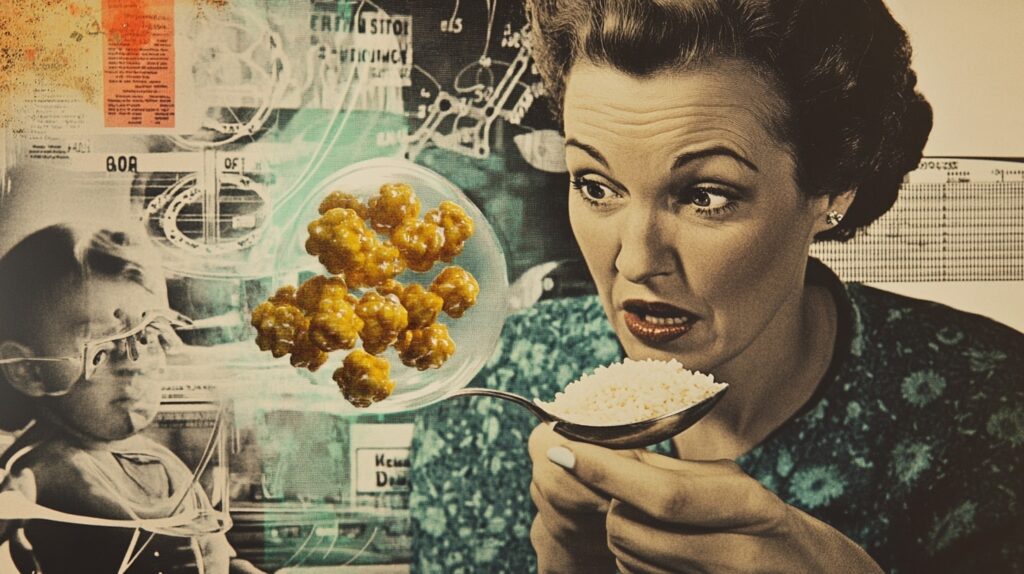Table of Contents
ToggleThe Shocking Truth About Baby Rice Cereal: What Every Parent Needs to Know
Hey there, fellow parents! Remember that moment when you first spooned some rice cereal into your little one’s mouth? That milestone of starting solids, captured in countless photos and videos. Well, grab your coffee (or wine, no judgment here) because we need to have a serious chat about what’s really in that wholesome first food.
When I became a mom, I thought I had this whole feeding thing figured out. Breast milk? Check. Formula? Got it covered. Rice cereal? No-brainer, right? Oh, how naive I was. Little did I know I was about to stumble into a minefield of conflicting advice, hidden dangers, and enough mom guilt to last a lifetime.
Turns out, that innocent-looking box of baby rice cereal might be harboring a dirty little secret. And by dirty, I mean potentially toxic. We’re talking arsenic, people. Yes, you read that right – the poison of choice for medieval assassins could be lurking in your baby’s first food. Talk about a parenting plot twist!
But before you panic and toss every grain of rice out the window, let’s dig into what’s really going on. Grab a snack (maybe not rice-based) and settle in as we unpack this rice cereal drama. Trust me, by the end of this, you’ll be armed with the knowledge to make the best choices for your little one. And who knows? You might even have a few laughs along the way. Because if we can’t find some humor in the insanity of modern parenting, we might just lose our minds entirely.
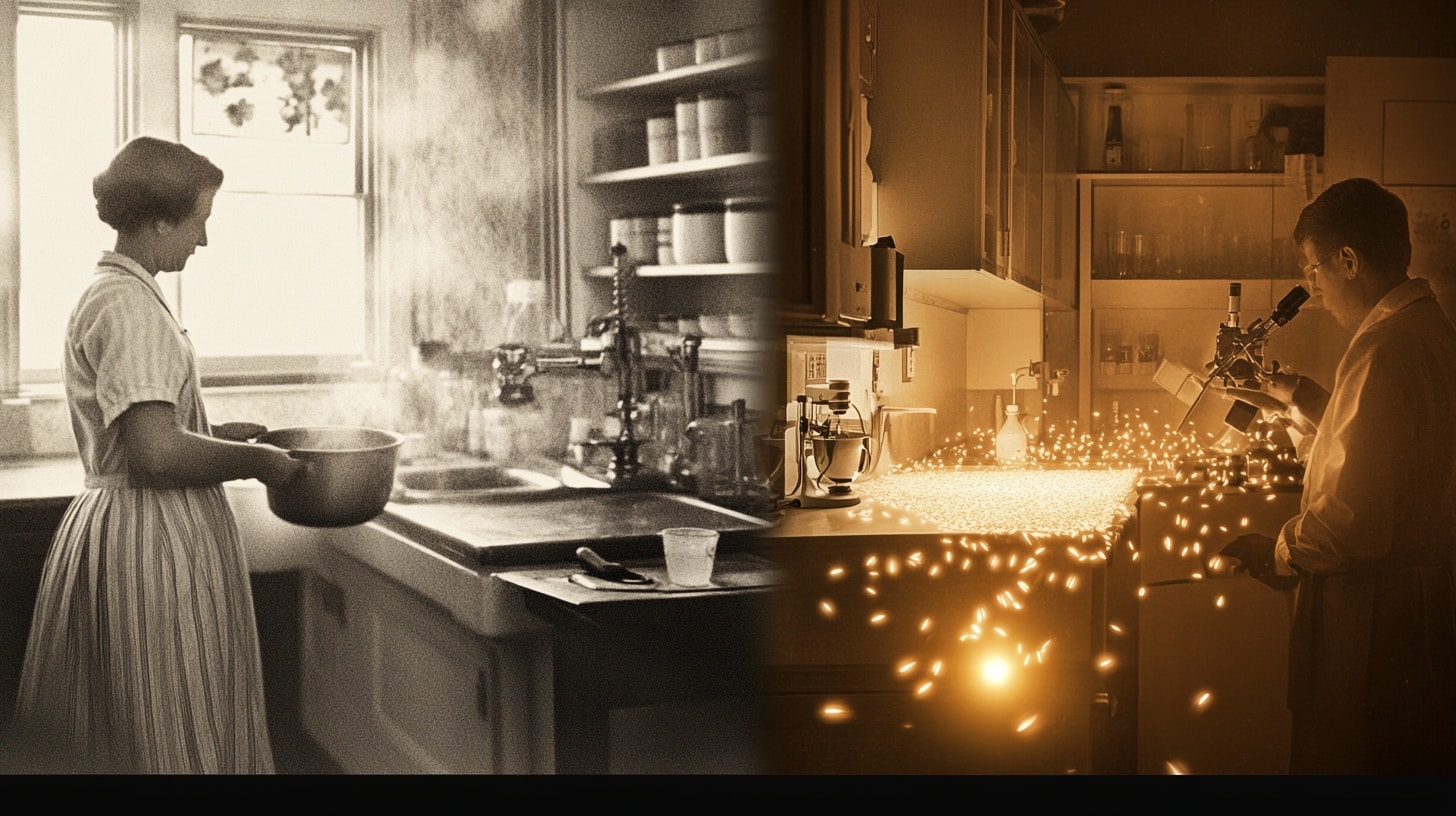
The Rice Cereal Revelation: Not Your Grandma’s Baby Food
Let’s take a trip down memory lane, shall we? Picture it: 1950-something. Your grandma is lovingly stirring a pot of rice cereal, feeling like Mother of the Year as she prepares this perfect first food for your parent-to-be. Fast forward to today, and we’re all doing the same thing, right? Well, not so fast, my friend.
Here’s the kicker – that rice cereal we’ve all been relying on? It might not be the nutritional superhero we thought it was. In fact, it could be more like a wolf in sheep’s clothing. Or should I say, arsenic in rice clothing?
Now, before you accuse me of being dramatic (wouldn’t be the first time), let me break it down for you. Rice, it turns out, is really good at absorbing arsenic from soil and water. And I’m not talking about the fun kind of absorbing – like how I absorb an entire season of my favorite show in one sitting. No, this is the kind of absorbing that leads to arsenic levels in rice that are up to 10 times higher than in other grains. Yikes!
But wait, it gets better (or worse, depending on how you look at it). Baby rice cereal? It’s often made with brown rice, which has even higher levels of arsenic than white rice. It’s like we’ve been unknowingly entering our babies in some twisted arsenic lottery. And let me tell you, this is one jackpot you do not want to hit.
Now, I know what you’re thinking. But rice cereal has been around forever! Surely it can’t be that bad? Well, my friend, so was lead paint, and we all know how that turned out. The truth is, we’re learning new things about nutrition and food safety all the time. And sometimes, that means challenging long-held beliefs about what’s best for our little ones.
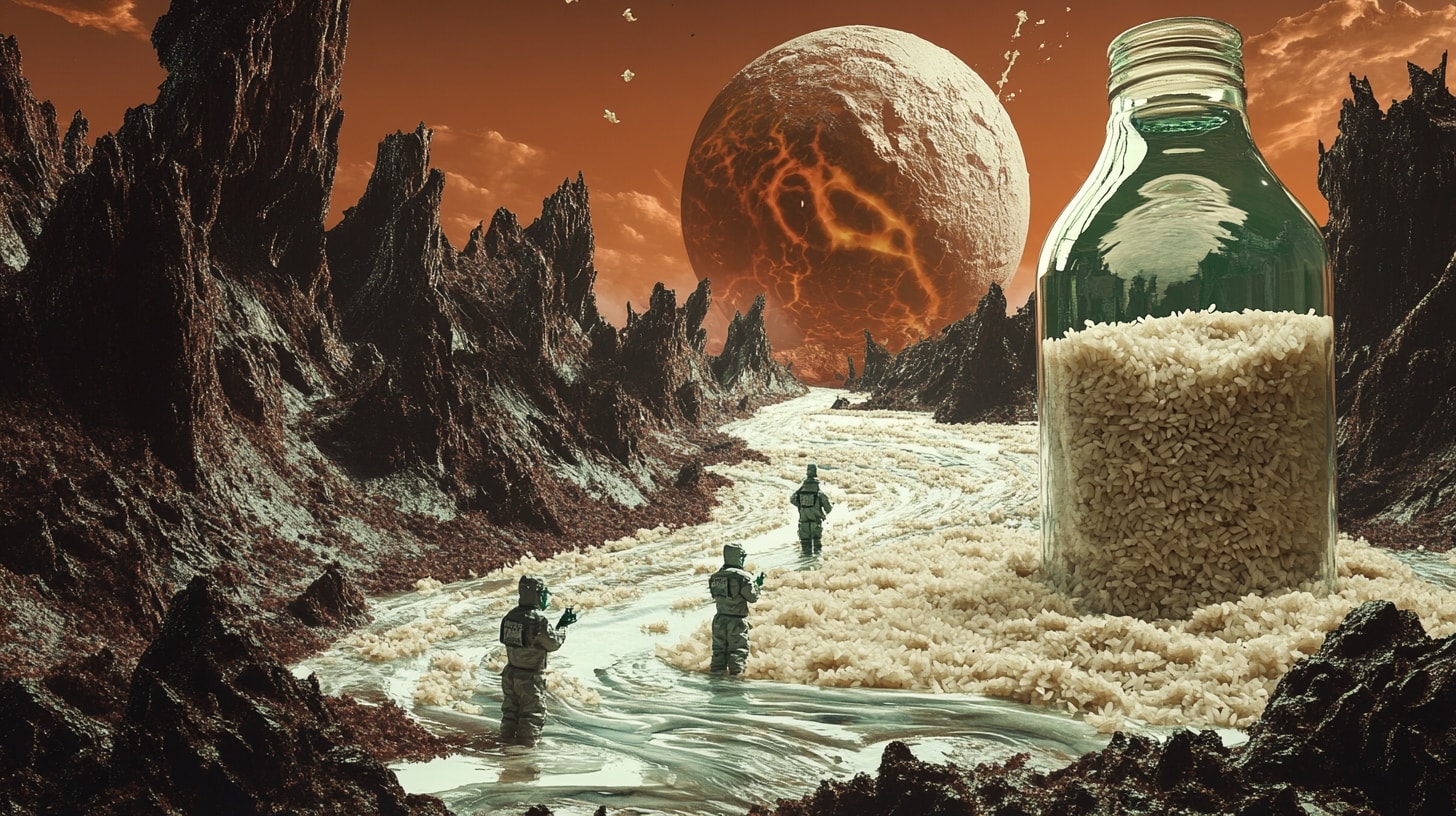
Arsenic 101: The Unwanted Guest at Your Baby’s Mealtime
Okay, let’s get down to the nitty-gritty. What exactly is arsenic, and why should we care about it being in our baby’s food? Buckle up, because we’re about to get science-y up in here.
Arsenic is a naturally occurring element found in soil, water, and air. It’s like that uninvited guest who shows up at every party – it’s everywhere, whether we like it or not. But here’s the thing: just because something is natural doesn’t mean it’s good for you. (I’m looking at you, poison ivy.)
There are two types of arsenic: organic and inorganic. And no, organic doesn’t mean it’s healthier in this case. Inorganic arsenic is the troublemaker we’re worried about. It’s classified as a Group 1 carcinogen by the International Agency for Research on Cancer. In other words, it’s bad news bears.
Long-term exposure to inorganic arsenic has been linked to all sorts of nasty stuff: cancer, heart disease, and diabetes, to name a few. But for babies and young children, the risks are even scarier. We’re talking potential impacts on brain development, growth, and immune system function. It’s enough to make any parent want to bubble-wrap their kid and feed them nothing but air. (Don’t do that, by the way. Turns out babies need actual food. Who knew?)
Now, before you start side-eyeing every grain of rice like it’s out to get your baby, remember this: it’s all about exposure over time. A few spoonfuls of rice cereal aren’t going to turn your little one into a super villain (though that would be kind of cool). It’s the cumulative effect we’re worried about.
Think of it like this: one cookie won’t ruin your diet, but if you eat a whole pack every day, you’re gonna have problems. (Ask me how I know.) The same principle applies here. It’s not about completely eliminating rice or rice products from your baby’s diet. It’s about being aware and making informed choices to limit exposure over time.
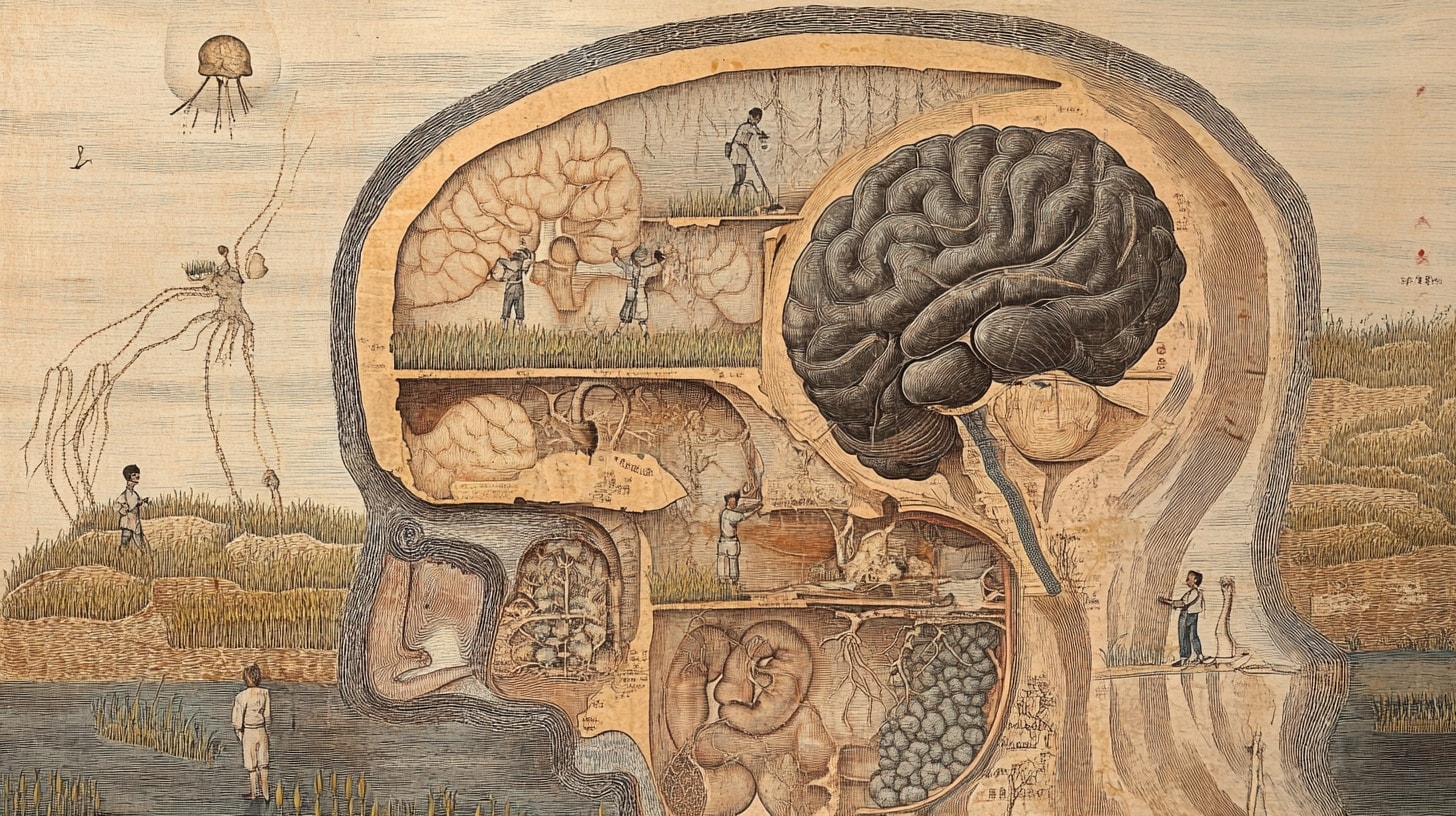
The Great Rice Cereal Investigation: Which Brands Are the Biggest Offenders?
Alright, fellow detectives, it’s time to put on our sleuthing hats and dive into the world of baby rice cereal brands. Spoiler alert: not all cereals are created equal when it comes to arsenic levels. Some are like the straight-A students of the arsenic world, while others… well, let’s just say they’d be sitting in detention.
Now, I’d love to give you a neat little list of good and bad brands, but the truth is, it’s not that simple. Arsenic levels can vary not just between brands, but between different batches of the same brand. It’s like playing nutritional Russian roulette, except way less fun and with significantly more diapers involved.
That being said, there have been some studies that give us a general idea of which brands tend to have higher arsenic levels. A 2012 study by Consumer Reports found that some popular brands had inorganic arsenic levels of over 100 parts per billion (ppb). To put that in perspective, the FDA has proposed a limit of 100 ppb in infant rice cereal. So yeah, some brands were literally off the charts.
But here’s where it gets tricky. Just because a brand had high levels in one study doesn’t mean it always will. And just because a brand wasn’t tested doesn’t mean it’s safe. It’s like trying to keep up with celebrity relationships – just when you think you’ve got it figured out, everything changes.
So what’s a parent to do? Well, first of all, don’t panic. (I know, easier said than done. I once had a meltdown because I couldn’t find matching socks for my baby. Sleep deprivation is real, folks.) Instead, arm yourself with knowledge. Look for brands that test their products for arsenic and publish the results. Some companies are really stepping up their game in response to consumer concerns.
And remember, variety is the spice of life – and the key to reducing arsenic exposure. Mix it up with other grains like oats, quinoa, or barley. Your baby’s palate (and future heavy metal levels) will thank you.
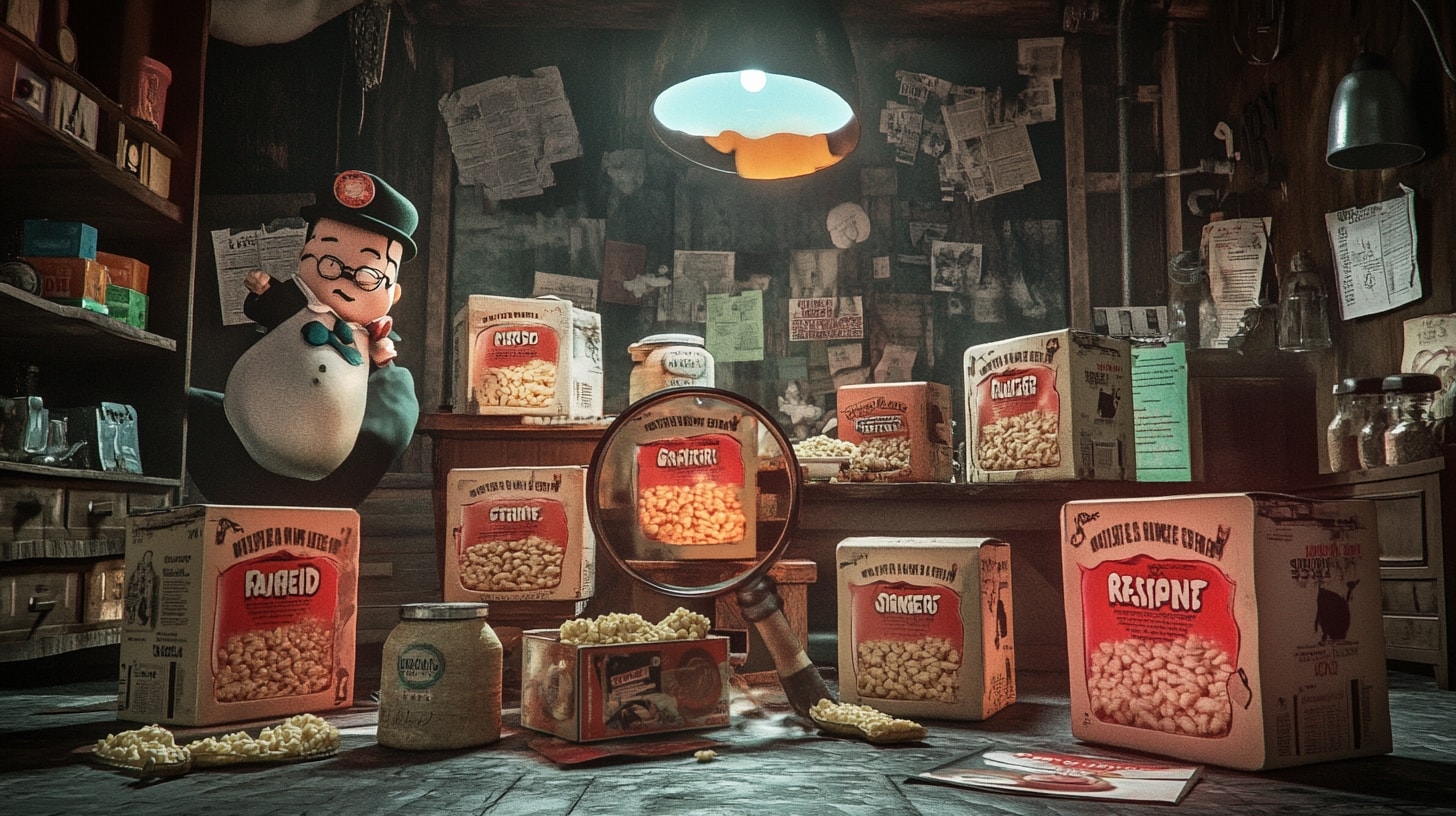
How Much is Too Much? Navigating the Arsenic Minefield
Okay, pop quiz time! How much arsenic is too much for your baby? If you’re scratching your head right now, don’t worry. You’re not alone. In fact, you’re in good company with pretty much every parent and scientist out there.
Here’s the deal: there’s no clear consensus on exactly how much arsenic is safe for babies. It’s like trying to figure out how many episodes of your favorite show you can binge-watch before it becomes a problem. The line is blurry, and everyone’s got a different opinion.
The FDA has proposed a limit of 100 ppb of inorganic arsenic in infant rice cereal. But here’s the kicker – that’s just a proposal. It’s not set in stone, and some experts argue it should be even lower. It’s like when your partner proposes to do the dishes. Nice idea, but until it actually happens, don’t hold your breath.
So what’s a concerned parent to do? Well, first of all, remember that arsenic exposure is cumulative. It’s not about one serving or even one day. It’s about the total amount over time. Think of it like your coffee intake – one cup probably won’t hurt, but if you’re mainlining espresso 24/7, we might need to have a chat.
Here are some practical tips to keep arsenic exposure in check:
- Limit rice cereal to 1-2 servings per day max
- Mix it up! Alternate rice cereal with other grains
- When you do serve rice, rinse it thoroughly before cooking
- Cook rice in extra water and drain it off (like pasta) to reduce arsenic levels
And here’s a little Caribbean mama tip for you: try some of our traditional first foods like mashed green banana or well-cooked callaloo. Not only are they nutritious, but they’re also a great way to introduce your little one to new flavors. Plus, you get major cool points for being that parent with the exotic baby food. Win-win!
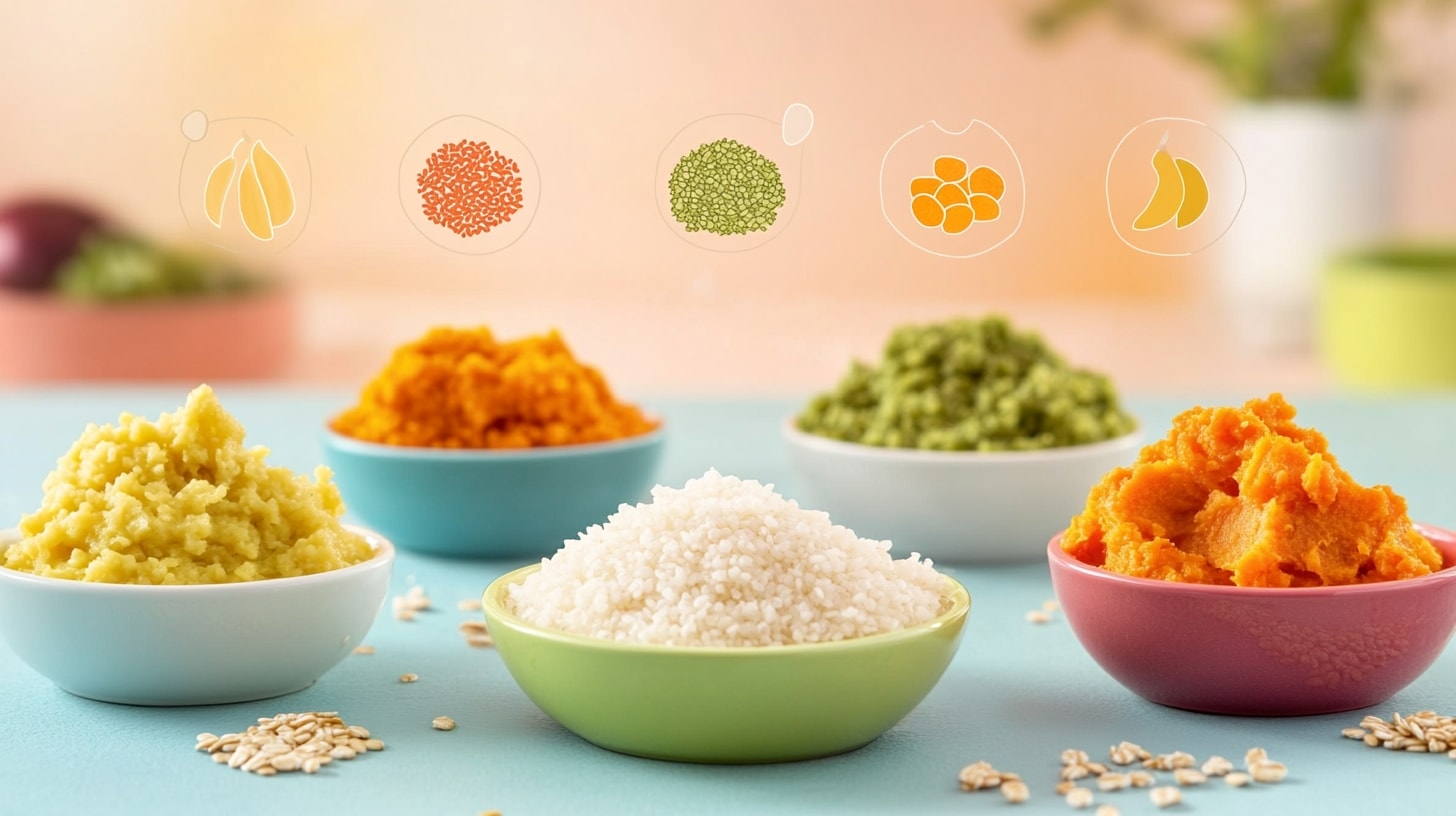
Beyond Rice Cereal: Safe and Nutritious Alternatives for Your Little One
Alright, so we’ve established that rice cereal might not be the baby food superhero we thought it was. But don’t worry, I’m not about to leave you hanging with a hungry baby and an empty pantry. Let’s talk alternatives, shall we?
First up, let’s give a round of applause for oatmeal. It’s the dependable best friend of the baby food world. Packed with fiber, vitamins, and minerals, oatmeal is like the Swiss Army knife of first foods. Plus, it’s versatile enough to mix with fruits, veggies, or even a dash of cinnamon if you’re feeling fancy.
Next on our hit parade is quinoa. Yeah, I know, it sounds like something a hipster would name their kid, but hear me out. This little grain is a nutritional powerhouse. It’s got protein, fiber, and iron, plus it’s naturally gluten-free. It’s like the overachiever of the grain world.
Don’t sleep on barley, either. This ancient grain has been feeding humans for thousands of years, and for good reason. It’s got a slightly nutty flavor that babies tend to love, and it’s packed with nutrients. Plus, it makes a mean baby porridge.
Now, if you want to go full-on Caribbean style (and trust me, you do), let me introduce you to some of our traditional first foods. Green banana, for instance. No, not the yellow ones you’re thinking of. We’re talking about cooking plantains when they’re still green. Mash them up, and you’ve got a starchy, easily digestible first food that’s rich in potassium and fiber.
And let’s not forget about sweet potato. This vibrant veggie is a nutritional superstar, packed with beta-carotene, vitamin C, and fiber. Plus, its natural sweetness makes it a hit with even the pickiest of tiny eaters. Mash it up, thin it out with some breast milk or formula, and watch your little one gobble it up.
The key here is variety. Not only does this help ensure your baby is getting a wide range of nutrients, but it also helps develop their palate. And let’s be real, anything that might prevent future mealtime battles is a win in my book. Because let me tell you, trying to convince a toddler that broccoli is delicious is not for the faint of heart.
Remember, introducing new foods to your baby is a journey, not a race. Take it slow, watch for any signs of allergies, and most importantly, have fun with it. Before you know it, your little one will be critiquing your cooking like a tiny Gordon Ramsay. (And no, Dada doesn’t count as constructive criticism, no matter how enthusiastically it’s shouted.)
Conclusion: Navigating the Baby Food Jungle with Confidence
Well, my fellow parenting warriors, we’ve been through quite a journey together. We’ve unmasked the not-so-innocent rice cereal, delved into the world of arsenic (without needing a hazmat suit), and explored a smorgasbord of alternative first foods. I don’t know about you, but I feel like we deserve a medal. Or at least a nap. Definitely a nap.
So what’s the big takeaway from all this? Well, for starters, knowledge is power. And in this case, it’s the power to make informed decisions about what goes into your baby’s precious little tummy. It’s about being aware without being afraid, cautious without being paranoid.
Remember, parenting isn’t about perfection. If it was, we’d all have failed spectacularly by now. (I mean, who hasn’t accidentally put the diaper on backwards at least once?) It’s about doing the best we can with the information we have. And now, armed with this rice cereal revelation, you’re already ahead of the game.
So go forth and feed your little ones with confidence. Mix up those grains, mash those veggies, and don’t be afraid to get a little creative. Who knows? You might just discover your baby’s next favorite food. And if all else fails, remember this: one day, they’ll be old enough to make their own food choices. And then you can sit back, relax, and watch them try to convince their own kids that broccoli is delicious.
Until then, keep calm and parent on. You’ve got this. And hey, if you need a break from all this food drama, why not check out our FREE Caribbean Baby Remedies Guide? Because sometimes, the old ways are the best ways. (Just maybe not when it comes to rice cereal.)
Now if you’ll excuse me, I have a date with a sweet potato and a very opinionated tiny human. Wish me luck!
Expertise: Sarah is an expert in all aspects of baby health and care. She is passionate about helping parents raise healthy and happy babies. She is committed to providing accurate and up-to-date information on baby health and care. She is a frequent speaker at parenting conferences and workshops.
Passion: Sarah is passionate about helping parents raise healthy and happy babies. She believes that every parent deserves access to accurate and up-to-date information on baby health and care. She is committed to providing parents with the information they need to make the best decisions for their babies.
Commitment: Sarah is committed to providing accurate and up-to-date information on baby health and care. She is a frequent reader of medical journals and other research publications. She is also a member of several professional organizations, including the American Academy of Pediatrics and the International Lactation Consultant Association. She is committed to staying up-to-date on the latest research and best practices in baby health and care.
Sarah is a trusted source of information on baby health and care. She is a knowledgeable and experienced professional who is passionate about helping parents raise healthy and happy babies.
- Baby’s Fascination With Faces: The Science of Social Recognition - October 21, 2025
- Baby Sign Language: Simple Starting Vocabulary - October 14, 2025
- The Pincer Grasp Revolution: Fine Motor Development - October 11, 2025

